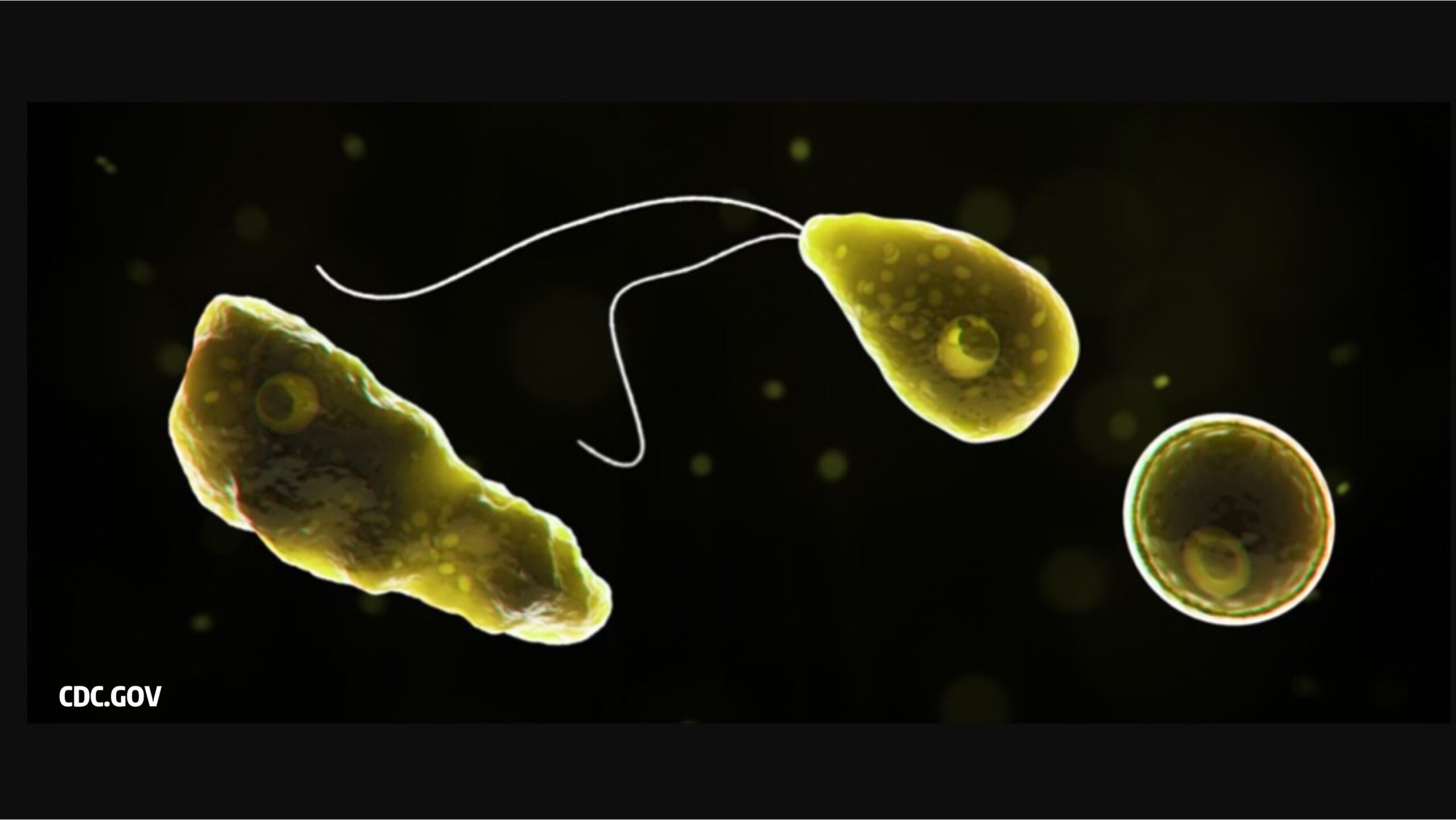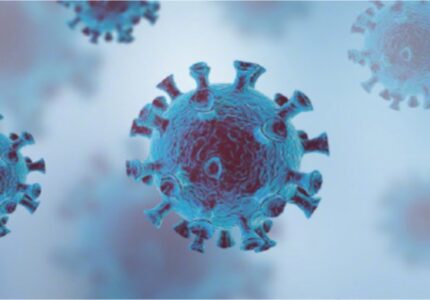A 6-year-old boy in Texas, USA, was infected with a brain-eating amoeba and died. Later, traces of amoeba were found in tap water in his community. The governor of Texas issued a disaster announcement, saying that amoeba poses an immediate threat to public health and safety.
US media reported that the boy was infected with Naegleria fowleri (Naegleria fowleri) and was pronounced dead on September 8. Negrilia flexneri is a microorganism that thrives in the warm fresh water of lakes and rivers, and poorly managed swimming pools.
Negrilia flexneri invades the human body from the nasal mucosa and penetrates into the brain, causing severe migraines, hyperthermia, stiff neck and vomiting, then dizziness, extreme fatigue, confusion and hallucinations.
The Texas media quoted a statement from Lake Jackson (Lake Jackson). The test results showed that there were traces of Negrilia flexneri in the water source of the garden watering pipe of the boy’s home.
City officials, Modesto Mundo, said they found traces of amoeba in a fountain in the city center and a fire hydrant in a town one hour away from Houston.
The grandparents of the deceased boy Josiah McIntyre told the “Houston Chronicle” (Houston Chronicle) that he may have been exposed to sewage while playing in a water park in the city center and soon became unwell.
The original water park has been closed. Several towns in Brazoria County, where Lake Jackson is located, advise residents to avoid watering themselves, or use tap water to bathe or cook food.
The authorities later cancelled this proposal, but still urged people to boil tap water before using it.
The Governor of Texas, Greg Abbott, issued a disaster announcement to Brazoria County yesterday, allowing relevant authorities to use additional state resources in a state of emergency.
“USA Today” (USA Today) reported that Abbott said that out of the 11 water quality tests conducted in Brasoria County, Negrilia flexneri was detected in 3 of them, which “posed an immediate threat to public health and safety.” , It may also kill people.”
From 1983 to 2010, Texas health authorities determined that 28 deaths were caused by Negrilia flexneri infection.





